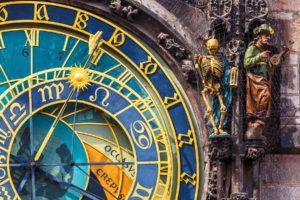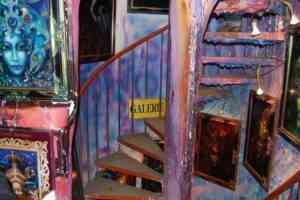Fodor's Expert Review Valdštejnska zahrada
With its high-walled gardens and vaulted Renaissance sala terrena (room opening onto a garden), this palace displays superbly elegant grounds. Walking around the formal paths, you come across numerous fountains and statues depicting figures from classical mythology or warriors dispatching a variety of beasts. However, nothing beats the trippy "Grotto," a huge dripstone wall packed with imaginative rock formations, like little faces and animals hidden in the charcoal-color landscape, and what's billed as "illusory hints of secret corridors." Here, truly, staring at the wall is a form of entertainment. Albrecht von Wallenstein, the one-time owner of the house and gardens, began a meteoric military career in 1622 when the Austrian emperor Ferdinand II retained him to save the empire from the Swedes and Protestants during the Thirty Years' War. Wallenstein, wealthy by marriage, offered to raise an army of 20,000 men at his own cost and lead them personally. Ferdinand II accepted and... READ MORE
With its high-walled gardens and vaulted Renaissance sala terrena (room opening onto a garden), this palace displays superbly elegant grounds. Walking around the formal paths, you come across numerous fountains and statues depicting figures from classical mythology or warriors dispatching a variety of beasts. However, nothing beats the trippy "Grotto," a huge dripstone wall packed with imaginative rock formations, like little faces and animals hidden in the charcoal-color landscape, and what's billed as "illusory hints of secret corridors." Here, truly, staring at the wall is a form of entertainment. Albrecht von Wallenstein, the one-time owner of the house and gardens, began a meteoric military career in 1622 when the Austrian emperor Ferdinand II retained him to save the empire from the Swedes and Protestants during the Thirty Years' War. Wallenstein, wealthy by marriage, offered to raise an army of 20,000 men at his own cost and lead them personally. Ferdinand II accepted and showered Wallenstein with confiscated land and titles. Wallenstein's first acquisition was this enormous area. After knocking down 23 houses, a brick factory, and three gardens, in 1623 he began to build his magnificent palace. Most of the palace itself now serves the Czech Senate as meeting chamber and offices. The palace's cavernous former Jízdárna, or riding school, now hosts art exhibitions.
READ LESS







